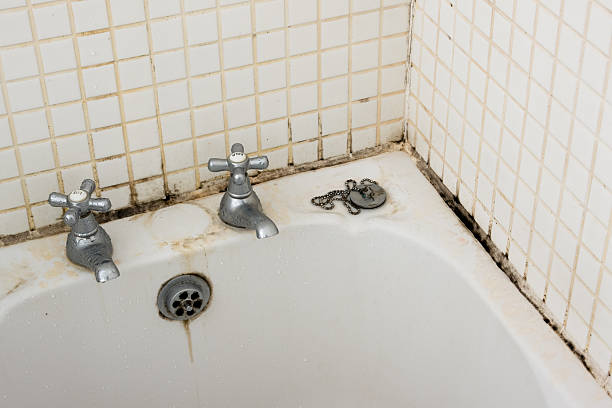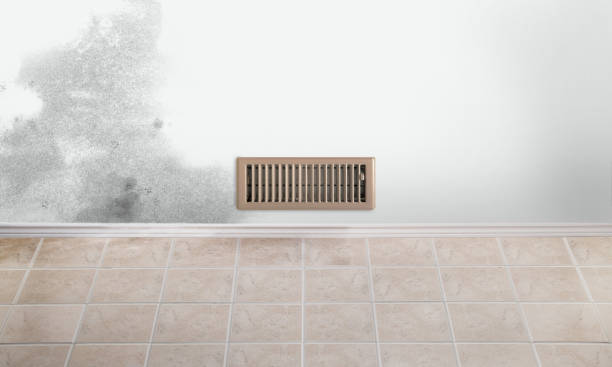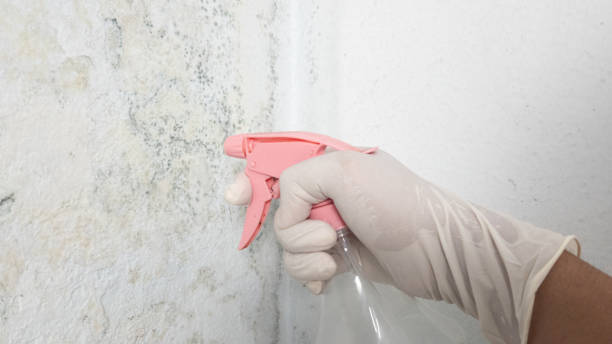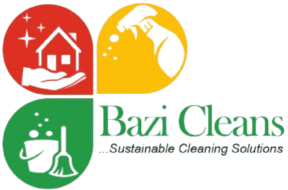Mold is a common household problem that many homeowners and renters face. While it might seem like just an unsightly nuisance, mold can pose serious health risks and structural damage to properties if left unchecked. Understanding what mold is, how it forms, and what causes its growth can help you prevent it from taking over your home. In this guide, we will dive deep into the world of mold, exploring its origins, causes, and ways to keep it under control.
What Is Mold?
Mold is a type of fungus that thrives in damp and humid environments. It reproduces through tiny spores that are airborne and can settle on various surfaces. These spores are virtually everywhere, both indoors and outdoors, waiting for the right conditions to grow and multiply. Mold can appear in different colors, including black, green, white, or even orange, depending on the species and the surface it grows on.
Common Types of Mold
There are many types of mold, but some of the most common ones found in homes include:
- Aspergillus – Frequently found indoors, particularly in air conditioning systems, basements, and on food. It can cause allergic reactions and respiratory issues.
- Cladosporium – Often found on fabrics, carpets, and wood surfaces. It can trigger asthma and allergic reactions.
- Stachybotrys Chartarum (Black Mold) – Known as toxic black mold, it thrives in areas with prolonged moisture exposure, such as water-damaged walls and ceilings.
- Penicillium – Commonly found on water-damaged materials like wallpaper and insulation, it can cause allergic reactions and sinus infections.
- Alternaria – Frequently found in damp places like bathrooms, kitchens, and under sinks. It is known to cause respiratory symptoms and allergic reactions.

Causes of Mold Growth
Mold growth occurs when the right conditions are met. These conditions include moisture, warmth, and organic materials for food. Below are some of the most common causes of mold in homes:
1. Excess Moisture and Humidity
Moisture is the primary cause of mold growth. Areas with high humidity levels, such as bathrooms, basements, kitchens, and laundry rooms, are particularly vulnerable. Poor ventilation exacerbates the problem by trapping moisture indoors, providing an ideal breeding ground for mold.
2. Water Leaks
Leaky pipes, roofs, or walls create damp environments that support mold growth. Even a small leak that goes unnoticed can lead to significant mold problems over time. Areas around plumbing fixtures, windows, and air conditioning units should be checked regularly for leaks.
3. Poor Ventilation
Lack of proper airflow in your home can cause humidity levels to rise, leading to condensation on surfaces such as walls, ceilings, and windows. This condensation creates a perfect environment for mold to flourish.
4. Flooding and Water Damage
Homes that have experienced flooding are at a higher risk of mold infestation. Water can seep into walls, floors, and furniture, making it difficult to completely dry out the affected areas. Mold can start growing within 24 to 48 hours after flooding if proper drying measures are not taken.
5. Condensation
Condensation occurs when warm, moist air meets a cooler surface, such as windows or cold walls. Over time, the moisture buildup can lead to mold growth, especially in poorly ventilated areas.
6. Damp Basements and Crawl Spaces
Basements and crawl spaces are often damp due to poor insulation, water seepage, or high humidity levels. These areas provide the perfect breeding ground for mold, especially if they are not properly maintained.
7. Wet or Damp Clothing and Fabrics
Leaving wet clothes, towels, or rugs in a pile can contribute to mold growth. Mold can quickly develop on fabrics that remain damp for extended periods, particularly in humid conditions.
8. HVAC System Issues
Heating, ventilation, and air conditioning (HVAC) systems can spread mold spores throughout a home if they are not regularly cleaned and maintained. Dirty air ducts and filters can harbor mold, which can then circulate through the air, leading to widespread contamination.

Signs of Mold in Your Home
Detecting mold early can prevent it from becoming a bigger problem. Here are some common signs to look out for:
- Musty Odor: A persistent, damp, and musty smell is often a sign of hidden mold.
- Visible Growth: Dark spots or patches on walls, ceilings, floors, or furniture.
- Water Damage: Stained or discolored walls and ceilings indicate excess moisture.
- Respiratory Issues: Frequent coughing, sneezing, and nasal congestion, especially when inside the home.
- Worsening Allergies: Increased allergy symptoms such as itchy eyes, skin irritation, and wheezing.
How to Prevent Mold Growth
Prevention is key when it comes to mold control. Here are some effective ways to keep mold at bay:
- Control Humidity Levels – Keep indoor humidity levels below 50%. Use dehumidifiers in damp areas and ensure proper ventilation in bathrooms and kitchens.
- Fix Leaks Promptly – Repair any plumbing or roof leaks as soon as possible to prevent moisture buildup.
- Improve Ventilation – Use exhaust fans in bathrooms and kitchens to reduce humidity. Open windows when possible to allow fresh air circulation.
- Use Mold-Resistant Products – Consider using mold-resistant paint, drywall, and insulation in moisture-prone areas.
- Clean and Dry Wet Areas Quickly – After spills, leaks, or flooding, thoroughly dry the affected areas within 24-48 hours.
- Keep Fabrics Dry – Avoid leaving damp clothes, towels, or rugs lying around.
- Regularly Inspect HVAC Systems – Clean air filters, ducts, and vents to prevent mold buildup and circulation.
- Use a Mold Inhibitor – Add mold inhibitors to paint or cleaning solutions to prevent future growth.

Conclusion
Mold is more than just an unsightly problem; it can pose serious health risks and cause significant property damage if not properly managed. By understanding what mold is, what causes it, and how to prevent it, you can protect your home and health from its harmful effects. Regular inspections, maintaining proper ventilation, and controlling moisture levels are essential steps in keeping your home mold-free. If you suspect mold growth, take immediate action to remove it and prevent further spread. A proactive approach to mold prevention will ensure a healthier and safer living environment for you and your family.
